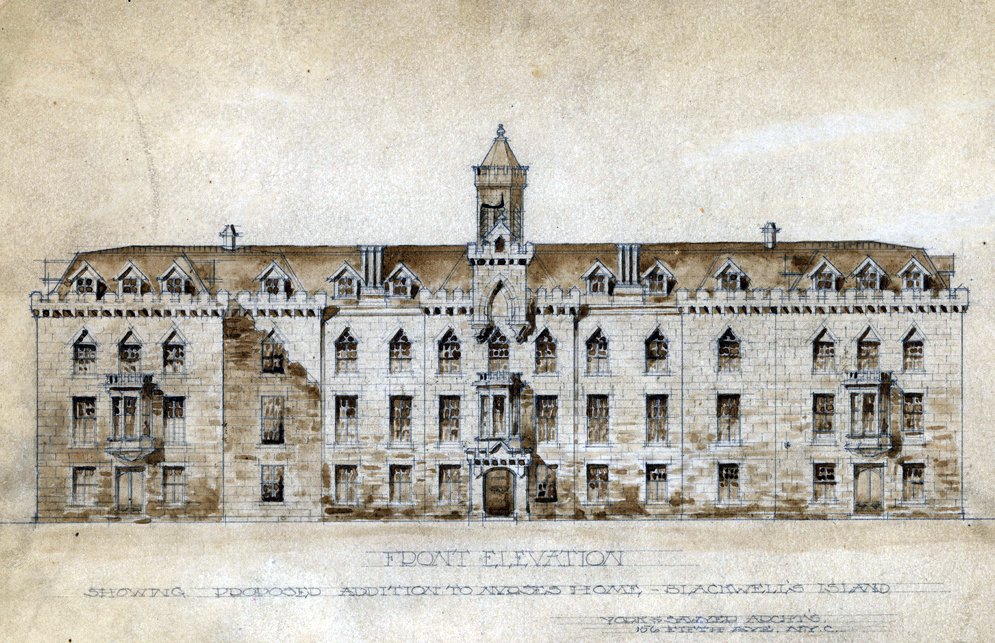Repurposed New York with Greeter Tom Keating
In a richly illustrated presentation titled “Building Evolution in New York,” Tom Keating shared the checkered history of some of New York’s most striking buildings with more than 20 Greeters. Tom, a long-time Greeter and former educator, took the group on a virtual visit to every borough as he discussed some of the hundreds of repurposed buildings that have changed ownership many times since being constructed.
The Public Theater
Highlighted buildings included:
The Bronx Documentary Center at 614 Courtland Avenue, opened as a saloon in 1871 and later became an after-hours club and a brothel.
The Public Theater, housed on Lafayette Street in the West Village since 1965, opened to the public as the Astor Library in 1854 before the Hebrew Immigrant Aid Society took over the building in 1920.
Anthology Film Archives on the Lower East Side originally served as the Third District Magistrates Courthouse and a prison.
Former department stores include the CUNY Graduate Center (B. Altman) and Amazon office space (Lord & Taylor), both on 5th Avenue in Manhattan.
Chelsea Market is in the original home of the National Biscuit Company (Nabisco). Among its claims to fame: The Oreo was invented in the building.
Kingsbridge Armory
In addition to spotlighting buildings that are still in use, Tom talked about structures that are still standing—at least in part—but that failed to evolve and have fallen into disrepair. Those include:
Kingsbridge Armory in the Bronx. For a time, there were plans to turn the site into the city’s largest ice-skating rink.
Seaview Hospital on Staten Island was once the largest facility for the treatment of tuberculosis in the country.
Floyd Bennett Field in Marine Park, Brooklyn, served as New York’s first municipal airport and is now managed by the National Park Service.
The remaining Gothic Revival walls of Roosevelt Island’s Smallpox Hospital, the only landmarked ruins in the city, can only be viewed from behind a metal fence.




